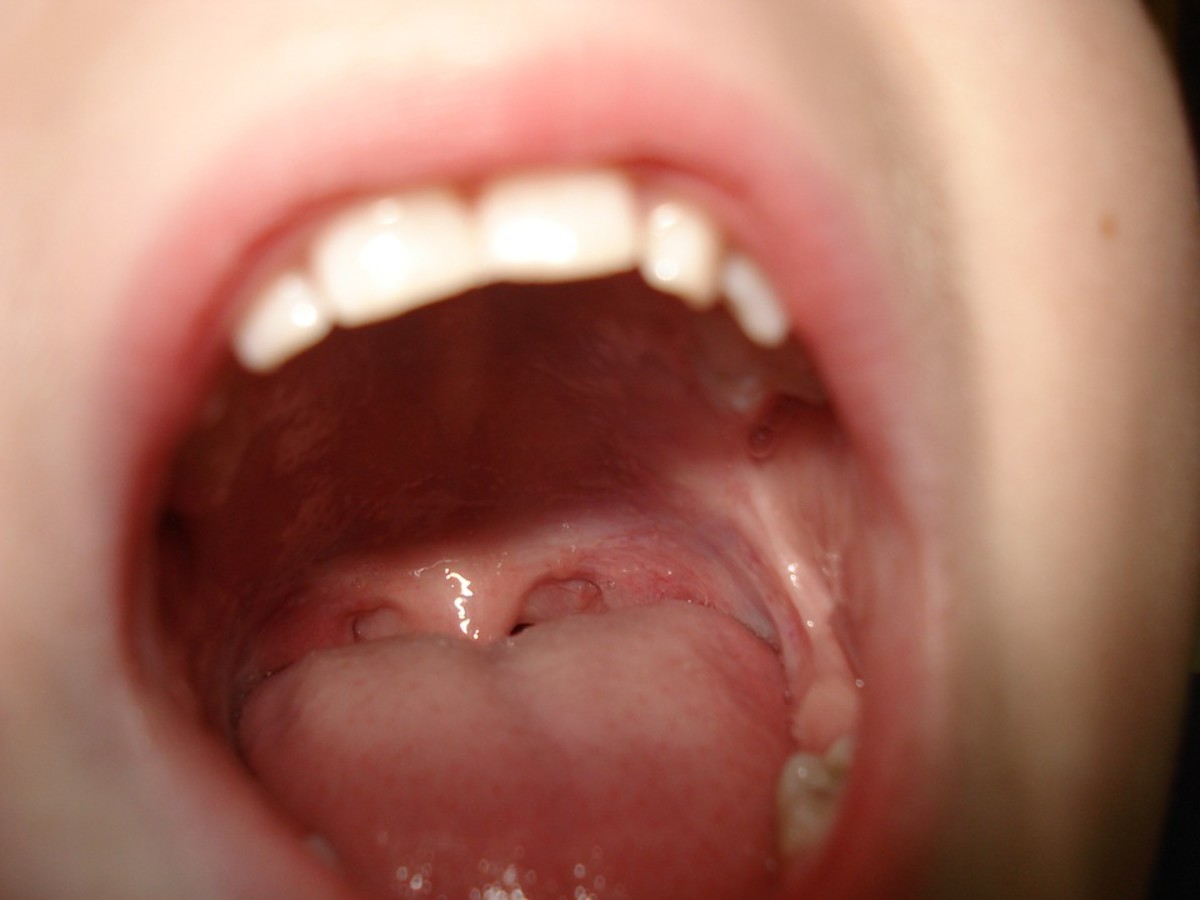Tori Dental Term
The concept of Tori dental term refers to a specific condition affecting the mouth, particularly the jawbone. Tori, also known as mandibular tori when they occur in the lower jaw or maxillary tori when found in the upper jaw, are bony growths that develop on the jawbone. These growths are usually harmless but can sometimes interfere with dental procedures or cause discomfort.
Understanding Tori
Tori are more common in certain populations and can be influenced by genetic factors. They tend to appear in adulthood, often without any noticeable symptoms, making them a discovery during routine dental examinations. The exact cause of tori is not fully understood, but it is believed to be related to an overgrowth of bone tissue. This can be triggered by various factors, including genetics, stress on the jawbone, or as a response to irritation from dentures or other oral appliances.
Types of Tori
There are two primary types of tori:
Mandibular Tori: These occur on the lower jaw, typically on the lingual surface (the side facing the tongue). Mandibular tori are more common and can vary significantly in size.
Maxillary Tori: Less common, these growths occur on the upper jaw, usually on the palate (the roof of the mouth). Maxillary tori can sometimes interfere with the proper fit of upper dentures.
Causes and Risk Factors
While the exact cause of tori remains unclear, several factors are thought to contribute to their development:
- Genetics: A family history of tori increases the likelihood of developing these bony growths.
- Age: Tori often appear in adulthood, suggesting that age may play a role in their development.
- Dental Procedures and Appliances: The presence of dentures, bridges, or other dental work may irritate the jawbone and contribute to tori formation.
Symptoms and Diagnosis
Most individuals with tori do not exhibit any symptoms. However, in some cases, tori can cause:
- Discomfort or pain, especially if they are large enough to interfere with the tongue’s movement or if they become irritated.
- Difficulty fitting dentures or other dental appliances.
- Aesthetic concerns, although tori are usually not visible when the mouth is closed.
Diagnosis is typically made during a routine dental exam. The dentist may use X-rays or other imaging techniques to confirm the presence of tori and assess their size and location.
Treatment Options
In many cases, no treatment is necessary unless the tori cause discomfort or interfere with dental work. When treatment is required, options may include:
- Monitoring: Regular dental check-ups to monitor the size and impact of the tori.
- Surgical Removal: In cases where tori cause significant discomfort or obstruction, surgical removal may be necessary. This procedure is typically performed by an oral surgeon and involves removing the bony growth under local anesthesia.
- Modification of Dental Appliances: Adjusting or remaking dentures or other oral appliances to accommodate the tori and prevent irritation.
Prevention
While there’s no proven method to prevent tori entirely, maintaining good oral health through regular dental check-ups and practicing proper dental hygiene can help in early detection and management of tori and other oral health issues.
Conclusion
Tori, whether mandibular or maxillary, are generally benign bony growths that can sometimes pose challenges in dental care. Understanding their causes, recognizing their symptoms, and knowing the available treatment options can help individuals manage tori effectively. Regular dental exams are crucial for the early detection and management of tori, ensuring that they do not significantly impact oral health or comfort.
FAQ Section
What are the symptoms of having tori?
+Most people with tori do not experience any symptoms. However, in some cases, tori can cause discomfort or pain, especially if they are large and interfere with the tongue’s movement or become irritated. They can also cause difficulty in fitting dentures or other dental appliances.
How are tori diagnosed?
+Tori are typically diagnosed during a routine dental examination. The dentist may use X-rays or other imaging techniques to confirm the presence of tori and assess their size and location.
Do tori need to be treated?
+In many cases, tori do not require treatment unless they cause discomfort or interfere with dental work. Treatment options include monitoring, surgical removal, or modification of dental appliances to accommodate the tori.
Can tori be prevented?
+While there’s no proven method to prevent tori entirely, maintaining good oral health through regular dental check-ups and practicing proper dental hygiene can help in early detection and management of tori and other oral health issues.
Are tori a sign of an underlying health issue?
+Tori themselves are not typically a sign of an underlying health issue but can be influenced by genetic factors. However, their presence can sometimes indicate other oral health issues or the need for adjustment of dental appliances.
How common are tori?
+Tori can occur in a significant portion of the population, with some studies suggesting that they are more common in certain ethnic groups. However, the exact prevalence can vary, and many cases may go undiagnosed due to the lack of symptoms.

